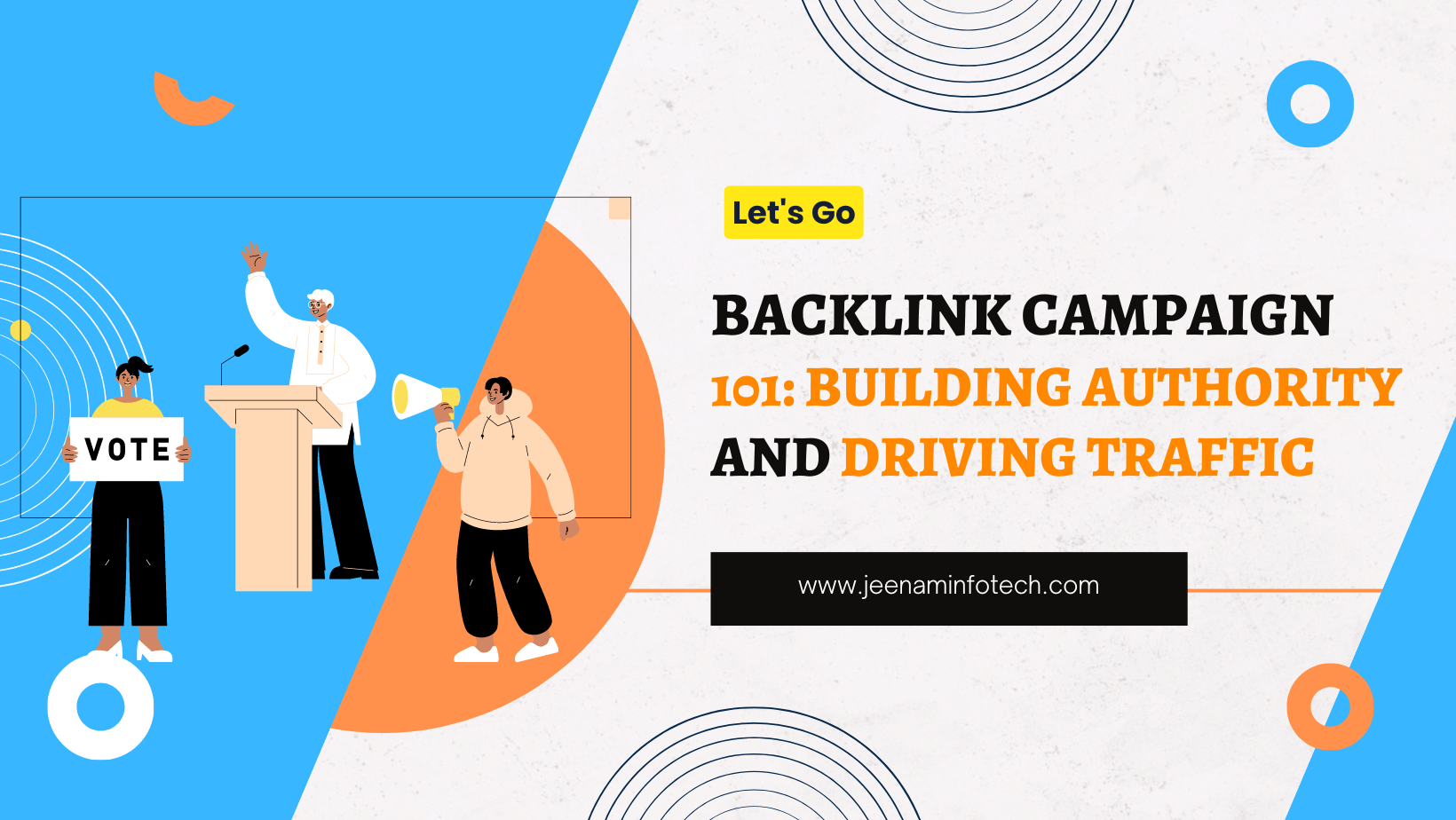Image Source: mageplaza.co
Any effective digital marketing strategy must include email marketing. It allows businesses to engage with their audience, nurture leads, and drive conversions. When it comes to choosing the right email marketing software, two popular options stand out: Mailchimp and ConvertKit.Both platforms offer distinctive features and cater to diverse audiences.In this piece, we’ll look at each platform’s advantages and disadvantages so you can decide which is best for your forthcoming email campaign.
Mailchimp: The Power of Design and Reporting
Source :Kinsta.com
Small- to medium-sized businesses have favored Mailchimp for a very long time. It boasts a wide variety of well-designed templates that make branding a breeze. The platform offers nearly 100 themed Mailchimp templates, ranging from newsletters to welcome emails, reminders, and photo showcases. With options for customization, you can easily create highly polished emails without needing design skills of your own.
One of Mailchimp’s most significant strengths is its robust testing options. Unlike ConvertKit, Mailchimp allows users to A/B test subject lines, sender names, email content, images, and send times. This level of flexibility enables marketers to optimize their campaigns for maximum effectiveness.
When it comes to reporting, Mailchimp goes far beyond the call of duty.
It offers custom analytics and AI-powered monitoring, providing detailed insights into email marketing performance. From basic reporting to comparative analysis across multiple campaigns, Mailchimp’s reporting capabilities are comprehensive and available at all tiers. This feature is particularly useful for businesses looking to analyze data and create shareable reports.
Another notable advantage of Mailchimp is its extensive integration options. Over 300 applications are effortlessly integrated into the platform, enabling a variety of use cases.
From Shopify’s Customer Journey Builder to Typeform’s answer tagging, Mailchimp offers a plethora of integrations to enhance your email marketing efforts. Additionally, both Mailchimp and ConvertKit integrate with Zapier, enabling connections to thousands of other apps.
However, Mailchimp does have its limitations. While its automation templates, known as “Customer Journeys,” provide a solid foundation for automating email sequences, they are more limited in functionality compared to ConvertKit’s automation format. The journey building platform can be slightly less intuitive and less user-friendly than ConvertKit’s, particularly for users who prefer a simple “if this, then that” automation setup.
Mailchimp also imposes send limits, which can be a potential drawback for some users. While ConvertKit charges solely based on subscribers, Mailchimp has both subscriber limits and limits on the number of emails you can send per month. This restriction can be inconvenient, especially for free users who are limited to 1,000 sends per month for a maximum of 500 contacts. However, for paid users, the send limits are generally more reasonable, starting at 10 times the plan’s contact limit.
ConvertKit: Flexibility and Automation for Creators
Source :Emailtooltester.com
ConvertKit, on the other hand, caters more to creators and small eCommerce business owners. While it may lack the extensive design options of Mailchimp, ConvertKit offers more flexibility in terms of automation and contact management. It invests its energy in providing powerful contact management, automation, and page-building tools.
One of ConvertKit’s standout features is its flexible contact management system. Unlike Mailchimp’s traditional contact list, ConvertKit replaces it with tags and segments. This approach allows for easy search and segmentation based on specific needs at any given moment. With ConvertKit, you can create customized lists using tags, making it simpler to target specific segments for your campaigns. The platform’s tagging system is similar to Mailchimp’s, but ConvertKit offers more options to segment based on contact activity in addition to contact tags.
ConvertKit also excels in automation capabilities. Its visual automation tool goes beyond standard email sequence setups, enabling users to create automations based on events, actions, and conditions. This includes incorporating existing contacts, tags, templates, and other elements seamlessly. The automation builder is intuitive, even for complex funnels with multiple conditions. ConvertKit also allows integration with other platforms like Facebook, Patreon, Shopify, and Zapier, expanding its automation capabilities even further.
In terms of landing page templates, ConvertKit offers over 50 optionsThe range of templates assures that consumers can pick one that meets their needs even though customizability is limited.
For developers who wish to quickly and easily build a landing page, this functionality is quite helpful.When it comes to pricing, ConvertKit offers a solid value for moderate use. The free version provides a full suite of tools for managing contacts, creating templates, and adding automation to campaigns. For paid users, ConvertKit offers straightforward pricing with only two tiers, making it potentially more cost-effective than Mailchimp’s premium offerings.
However, ConvertKit does have some limitations. Its testing capabilities are bare-bones compared to Mailchimp, allowing users to test subject lines only. Additionally, ConvertKit’s reporting options are more limited, providing basic metrics like deliverability, open rates, and click-through rates. While advanced deliverability reporting is available at the Creator Pro level, it doesn’t offer the same level of detail as Mailchimp’s reporting features. Nevertheless, ConvertKit has recently introduced detailed transaction views, which are particularly useful for commerce users looking for sales reporting.
Making the Right Choice
Source : pedrodiazridao.com
Ultimately, choosing between Mailchimp and ConvertKit depends on your specific needs and priorities. If you value design flexibility, robust reporting, and extensive integration options, Mailchimp is the better choice. It caters to small- to medium-sized businesses that prioritize branding and detailed performance data.
On the other hand, if you prioritize flexibility, advanced automation options, and a straightforward pricing structure, ConvertKit is the way to go. It appeals to creators, solo sellers, and users who prefer a simpler, more customizable automation format.
Regardless of your choice, both Mailchimp and ConvertKit are capable email marketing platforms that can help you achieve your marketing goals. Consider your requirements, budget, and the unique features each platform offers to make an informed decision that aligns with your business objectives.
Keep in mind that email marketing is a dynamic industry, therefore it’s crucial to keep up with the most recent developments and features provided by these platforms.Regularly assess your needs and explore new options to ensure your email marketing strategy remains effective and impactful.
Related reading:
- The Ultimate Guide to Email Marketing
- How to Build an Effective Email Marketing Campaign
- Email Marketing Best Practices for 2023
This article provides an overview of Mailchimp and ConvertKit as of 2023. Our team of professionals assembled it after conducting extensive study and analysis.






